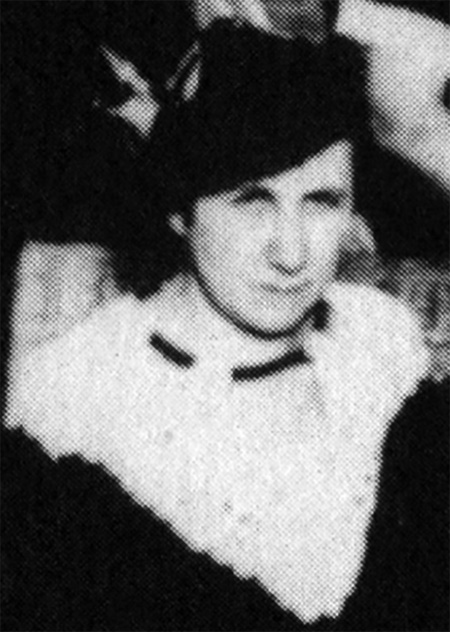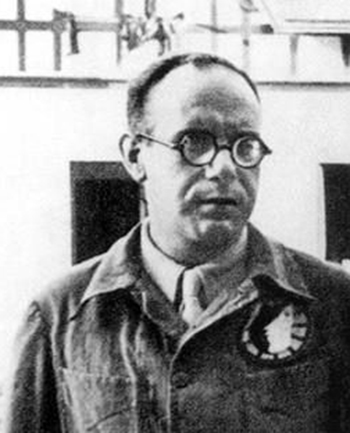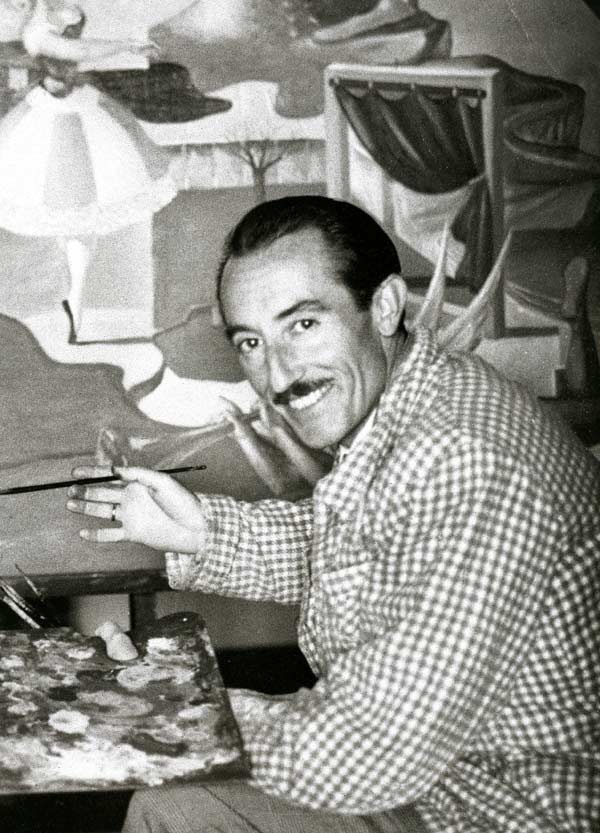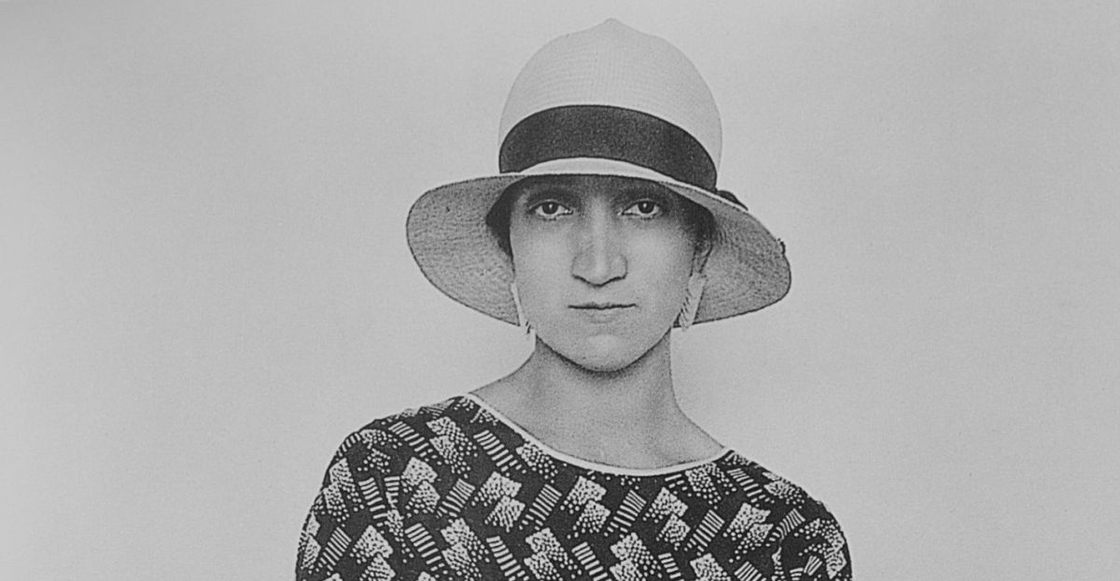Founder of the Club Teatral de Cultura (Theatrical Culture Club), an amateur company created in 1933 to promote new plays. Federico García Lorca named it Club Anfistora after the 1933 premiere of Don Perlimplín with Belisa in the garden.
Pura Maortua was born into a wealthy family of 16 children. Her father was Ramón Maortua, a native of Elorrio (Vizcaya), dedicated to the fats and soap industries; her mother, Purificación Lombera, was born in Limpias.
For the premiere of ‘Don Perlimplín with Belisa in the Garden’ he had to recover the libretto seized by the police. For the pro-Lorquian theater critics it was a success, for his detractors a failure.
Although she spent her youth in Cantabria, she used to live in Madrid under the care of her uncle, José Gómez Ocaña, professor of physiology at the University, who introduced her to the cultural world of Madrid and took her on trips to Spain, France and Italy.
In September 1911, she married Enrique Ucelay, whose surname she was to take. He was a lawyer with property in Zarautz, with whom she would have four daughters. One of them, Matilde, was the first woman in Spain to graduate in Architecture and winner of the National Prize in 2004.
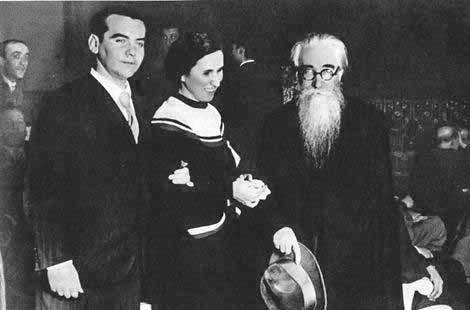
On November 26, 1926 she founded the Female Lyceum Club with other friends, but she left it four years later to found, together with the socialist writer María Lejárraga, the Women’s Association of Civic Culture, preferably for working women. Pura assumed from the association the start-up of a theater club that, at the proposal of Federico García Lorca, was to be called Club Anfistora. In 1933, she staged at the Teatro Español, along with The Shoemaker’s Prodigious Wife, the erotic alleluia The Love of Perlimplín con Belisa in the Garden, which had been banned by the dictatorship of Primo de Rivera in 1929. For this he had to recover the libretto seized by the police. For the critical supporters of Lorca’s theater it was a success, for his detractors a failure.
After the war, she collaborated with Arturo Ruiz-Castillo in the costumes and setting of some of his films. At the Teatro de Cámara y Ensayo she directed Desire under the Elms, but she was not satisfied with the professional actors who, according to her, were more difficult to direct and teach than the amateurs.
The last years of her life she suffered from an illness that prevented her from reading. “I’m outliving myself,” she said towards the end. She died on December 3, 1972, at the age of 89.
